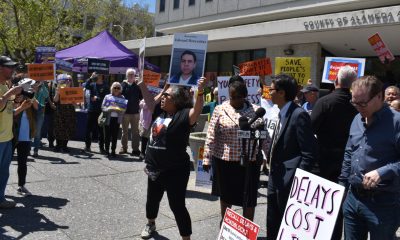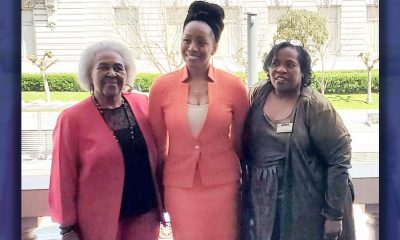Education
Oakland SOL is City’s First Spanish and English New Public School in 10 Years
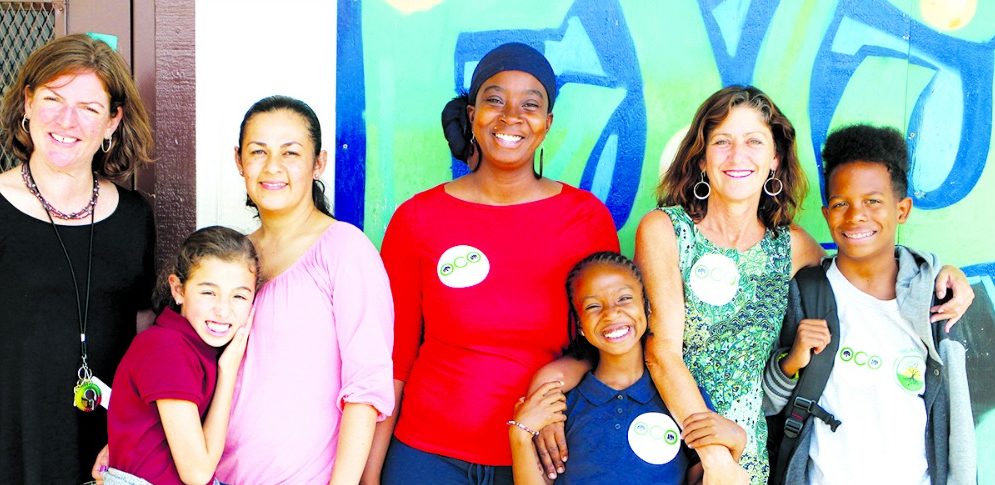
It was a coincidence that Oakland’s first new public school in more than a decade, called Oakland SOL, opened its doors Monday – the same day as the solar eclipse.
However, the School of Language (SOL) itself was not an accident but the product of community perseverance and vision.
Created through three-and-a-half years of hard work and careful planning – overcoming countless obstacles – this dual-language immersion, English and Spanish, middle school was developed as a partnership between the community and the Oakland Unified School District.
This year, the school – located at 1180 70th Ave. near International Boulevard – will serve 75 sixth graders and will phase in seventh and eighth grades during the next two years.
The school is still accepting new students – open to families that want their children to learn English and English-speaking students who want to learn Spanish.
At Oakland SOL, which is based on the energy and commitment of its families, the parents and students chose the principal and teachers. The site itself was a ”fixer-upper,” according to the parents, and families pitched in to paint and make the needed improvements.
“The district was had budgeted money to fix up the space. However, funds were severely reduced because of the budget deficit,” according to one of the organizers.
Superintendent Kyla Johnson-Trammell enthusiastically endorsed the school, saying that community-based schools like Oakland SOL are the path forward for improving the Oakland Unified School District.
Exhilarated after finally being able to see the fruition of their efforts, members of the parent and student design team talked to the Oakland Post on Monday afternoon about what it took to make their school a reality.
The idea for the school started at Manzanita SEED – an East Oakland elementary school – when parents began to think about the need for a dual language immersion middle (sixth through eighth grade) school their children could attend after they finished fifth grade.
The families soon realized that other schools and other parents shared their interest, and they all would be stronger if they worked together.
Teaming up with Oakland Community Organizations (OCO), which is based on a network congregations and schools throughout the city organized to improve conditions, they began to involve families and students from different schools and different backgrounds and cultures.
“We started involving families in different school communities, to make sure that there were opportunities for families from different cultures and different socio-economic backgrounds to participate,” said Alcaraz, a parent and member of the design team, as well a member of the board of OCO.
Team members learned to write grants and proposals to OUSD and other partners, which helped pay for them to visit schools in other communities and helped research existing models for what they wanted to accomplish.
“Some members of the team helped write grants, but this was not done with a lot of money,” said Alcaraz.
Besides parents and students, the design team included educators, including design team leader Katherine Carter, who is now principal at the school.
A lot of the work was done by volunteers, and OCO provided staff support to help with organizing, she said.
“In reality, my experience was that it was faith and commitment that led to this school,” she said. “I wanted this for my daughter Nathalia.”
“It’s been a long haul, but it doesn’t feel like that long because it’s what our hearts wanted.”
Almarie Frazier explained that she got involved because she wanted to make sure her daughter Kamari could continue to be bilingual when she went to middle school.
An OCO organizer “invited me to come to meetings about building connections with other parents. That´s how I got caught in the little web,” she said.
“I didn’t think about coming in and volunteering for all these years. But it was a great experience, getting to know better some people I wouldn’t usually get to interact with on a daily basis,” she said.
“This is our future – we live in a diverse place,” said Frazier. “I feel like I was part of something. I helped build it.”
Ajene Snaer, a sixth grader at the school, has been part of the design team from the beginning as a second grader.
“When I think about it, (I realize) I actually helped to build this school,” he said.
“We started with just a few people,” he said, “and it ended up being a big group of people, agreeing on the same things and making it into a reality.”
To find out more about the school or enroll a student call (510) 636-7992 or email Oaklandsolinfo@gmail.com
California Black Media
State Ed Chief Tony Thurmond Pushes Bill to Train Educators
State Superintendent of Public Instruction (SSPI) Tony Thurmond is advocating for comprehensive training for teachers in reading and math, emphasizing the urgent need to improve student academic outcomes across California. On April 24, during testimony in the Senate Education Committee, Thurmond backed Senate Bill (SB)1115, which aims to provide evidence-backed educator training. The committee passed the bill with a 7-0 vote.
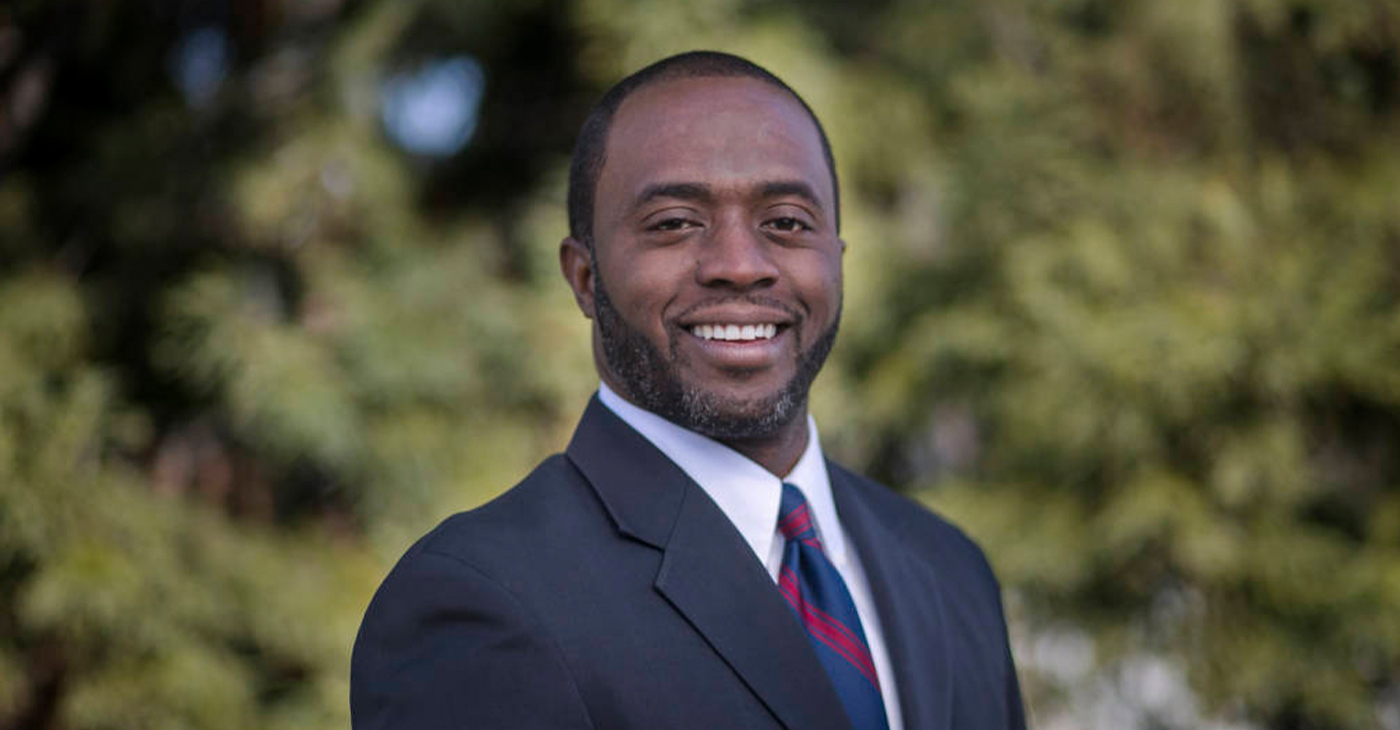
By California Black Media
State Superintendent of Public Instruction (SSPI) Tony Thurmond is advocating for comprehensive training for teachers in reading and math, emphasizing the urgent need to improve student academic outcomes across California.
On April 24, during testimony in the Senate Education Committee, Thurmond backed Senate Bill (SB)1115, which aims to provide evidence-backed educator training. The committee passed the bill with a 7-0 vote.
Thurmond pointed out to the committee that existing funding for educator training in literacy and math only covers about one-third of California’s educator workforce. SB 1115, Thurmond said, would fund the remaining two-thirds.
“This is an issue of moral clarity,” according to Thurmond. “In the fifth-largest economy in the world, and in an age when we have access to substantial brain science about how students learn, it should be unacceptable to train only some educators in the best strategies to teach essential skills.”
SB 1115 incorporates multiple research-backed methods, including phonics, and it aligns with the California ELA/ELD Framework, which encourages biliteracy and multilingualism.
Thurmond emphasized the moral imperative behind the push for enhanced training by noting that 70% of incarcerated adults struggle with reading or are illiterate.
“Every child should feel supported as they learn to read and every teacher should feel confident in their ability to support students’ foundational literacy,” Thurmond said. “SB 1115 is about ensuring that all children have the opportunity to read by third grade, and that all children have a shot at the life-changing outcomes that come from early literacy.”
The next step for SB 1115 is a hearing in the Senate Appropriations Committee on May 6.
Commentary
Opinion: Lessons for Current Student Protesters From a San Francisco State Strike Veteran
How the nation’s first College of Ethnic studies came about, bringing together Latino, African American and Asian American disciplines may offer some clues as to how to ease the current turmoil on American college campuses over the Israel-Hamas war. After the deadline passed to end the Columbia University encampment by 2 p.m. Monday, student protesters blockaded and occupied Hamilton Hall in a symbolic move early Tuesday morning. Protesters did the same in 1968.

By Emil Guillermo
How the nation’s first College of Ethnic studies came about, bringing together Latino, African American and Asian American disciplines may offer some clues as to how to ease the current turmoil on American college campuses over the Israel-Hamas war.
After the deadline passed to end the Columbia University encampment by 2 p.m. Monday, student protesters blockaded and occupied Hamilton Hall in a symbolic move early Tuesday morning.
Protesters did the same in 1968.
That made me think of San Francisco State University, 1968.
The news was filled with call backs to practically every student protest in the past six decades as arrests mounted into hundreds on nearly two dozen campuses around the country.
In 1970, the protests at Kent State were over the Vietnam War. Ohio National Guardsmen came in, opened fire, and killed four students.
Less than two weeks later that year, civil rights activists outside a dormitory at Jackson State were confronted by armed police. Two African American students were killed, twelve injured.
But again, I didn’t hear anyone mention San Francisco State University, 1968.
That protest addressed all the issues of the day and more. The student strike at SFSU was against the Vietnam war.
That final goal was eventually achieved, but there was violence, sparked mostly by “outside agitators,” who were confronted by police.
“People used the term ‘off the pigs’ but it was more rally rhetoric than a call to action (to actually kill police),” said Daniel Phil Gonzales, who was one of the strikers in 1968.
Gonzales, known as the go-to resource among Filipino American scholars for decades, went on to teach at what was the positive outcome of the strike, San Francisco State University’s College of Ethnic Studies. It’s believed to be the first of its kind in the nation. Gonzales recently retired after more than 50 years as professor.
As for today’s protests, Gonzales is dismayed that the students have constantly dealt with charges of antisemitism.
“It stymies conversation and encourages further polarization and the possibility of violent confrontation,” he said. “You’re going to be labeled pro-Hamas or pro-terrorist.”
That’s happening now. But we forget we are dealing not with Hamas proxies. We are dealing with students.
Gonzales said that was a key lesson at SF State’s strike. The main coalition driving the strike was aided by self-policing from inside of the movement. “That’s very difficult to maintain. Once you start this kind of activity, you don’t know who’s going to join,” he said.
Gonzales believes that in the current situation, there is a patch of humanity, common ground, where one can be both pro-Palestine and pro-Israel. He said it’s made difficult if you stand against the belligerent policies of Benjamin Netanyahu. In that case, you’re likely to be labeled antisemitic.
Despite that, Gonzales is in solidarity with the protesters and the people of Gaza, generally. Not Hamas. And he sees how most of the young people protesting are in shock at what he called the “duration of the absolute inhumane kind of persecution and prosecution of the Palestinians carried out by the Israeli government.”
As a survivor of campus protest decades ago, Gonzales offered some advice to the student protesters of 2024.
“You have to have a definable goal, but right now the path to that goal is unclear,” he said.
About the Author
Emil Guillermo is a journalist and commentator. A veteran newsman in TV and print, he is a former host of NPR’s “All Things Considered.”
Bay Area
Obituary: Former California Education Superintendent Delaine Eastin Passes at 76
Delaine Eastin, who served as a former state Assemblymember representing parts of Santa Clara and Alameda County — and the first woman elected as State Superintendent of Public Instruction — died at age 76 on April 23. Eastin passed away from complications caused by a stroke.
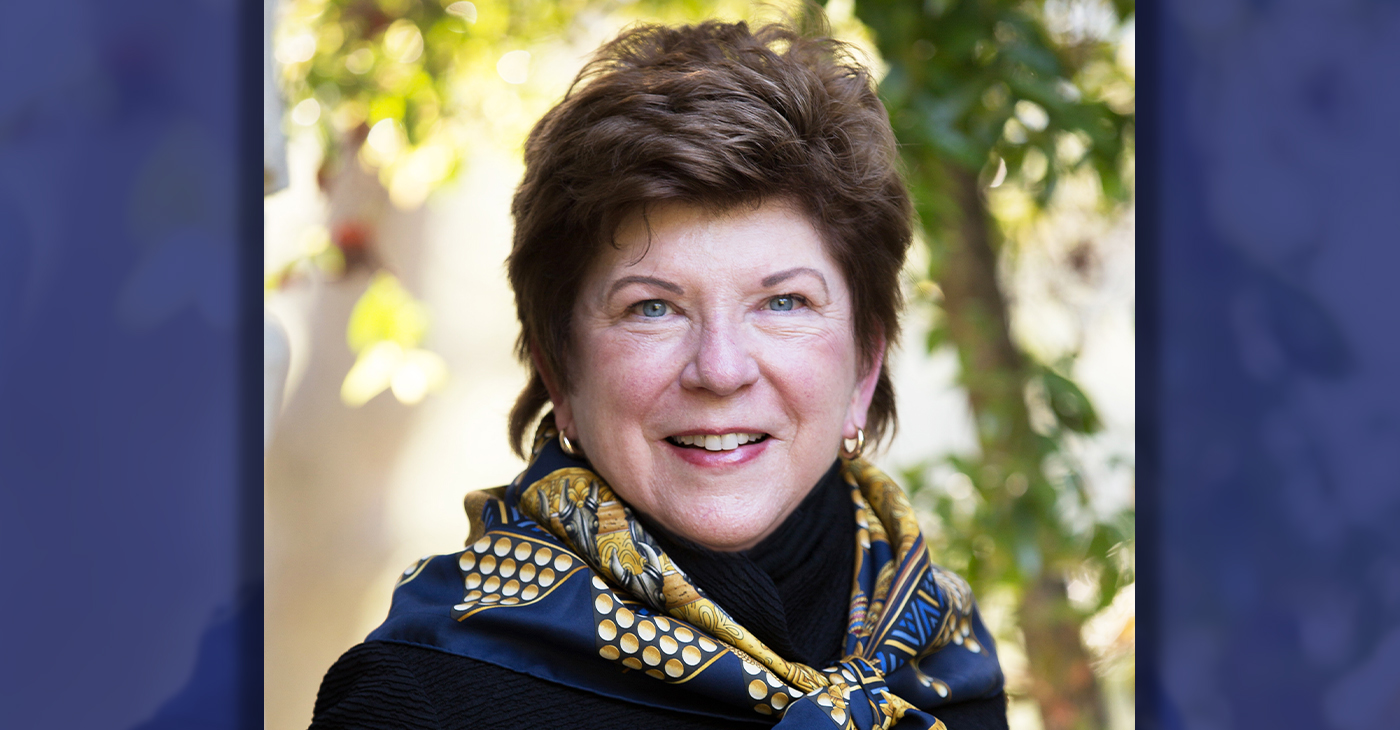
By California Black Media
Delaine Eastin, who served as a former state Assemblymember representing parts of Santa Clara and Alameda County — and the first woman elected as State Superintendent of Public Instruction — died at age 76 on April 23.
Eastin passed away from complications caused by a stroke.
Known for her power of persuasion, Eastin used her influence to be a champion for bipartisan issues that helped raise academic standards, lower class sizes, and emphasize the importance of conserving nature and the environment in schools.
Former Assembly Speaker Willie Brown and fellow legislative colleagues said that Eastin was in demand on the speech circuit while serving as a legislator.
“Few could engender the kind of emotion and passion she delivered in every speech,” Brown said.
State superintendent Tony Thurmond called Eastin a trailblazer who inspired fellow public servants.
“California lost an icon in our school system today. Delaine Eastin’s legacy as a trailblazer in public education will forever inspire us. Her unwavering dedication to California students — from championing Universal Preschool and the “A Garden in Every School” program to honoring our educators by establishing the California Teachers of the Year Awards — has left an indelible mark on our state’s educational landscape,” said Thurmond.
Thurmond honored Eastin’s legacy at the California Teacher of the Year Program, an honor that she established during her time as superintendent.
-

 Community2 weeks ago
Community2 weeks agoFinancial Assistance Bill for Descendants of Enslaved Persons to Help Them Purchase, Own, or Maintain a Home
-

 Activism4 weeks ago
Activism4 weeks agoOakland Post: Week of April 3 – 6, 2024
-

 Business3 weeks ago
Business3 weeks agoV.P. Kamala Harris: Americans With Criminal Records Will Soon Be Eligible for SBA Loans
-

 Activism3 weeks ago
Activism3 weeks agoOakland Post: Week of April 10 – 16, 2024
-

 Community3 weeks ago
Community3 weeks agoAG Bonta Says Oakland School Leaders Should Comply with State Laws to Avoid ‘Disparate Harm’ When Closing or Merging Schools
-

 Community2 weeks ago
Community2 weeks agoOakland WNBA Player to be Inducted Into Hall of Fame
-

 Community2 weeks ago
Community2 weeks agoRichmond Nonprofit Helps Ex-Felons Get Back on Their Feet
-

 Community2 weeks ago
Community2 weeks agoRPAL to Rename Technology Center for Retired Police Captain Arthur Lee Johnson

